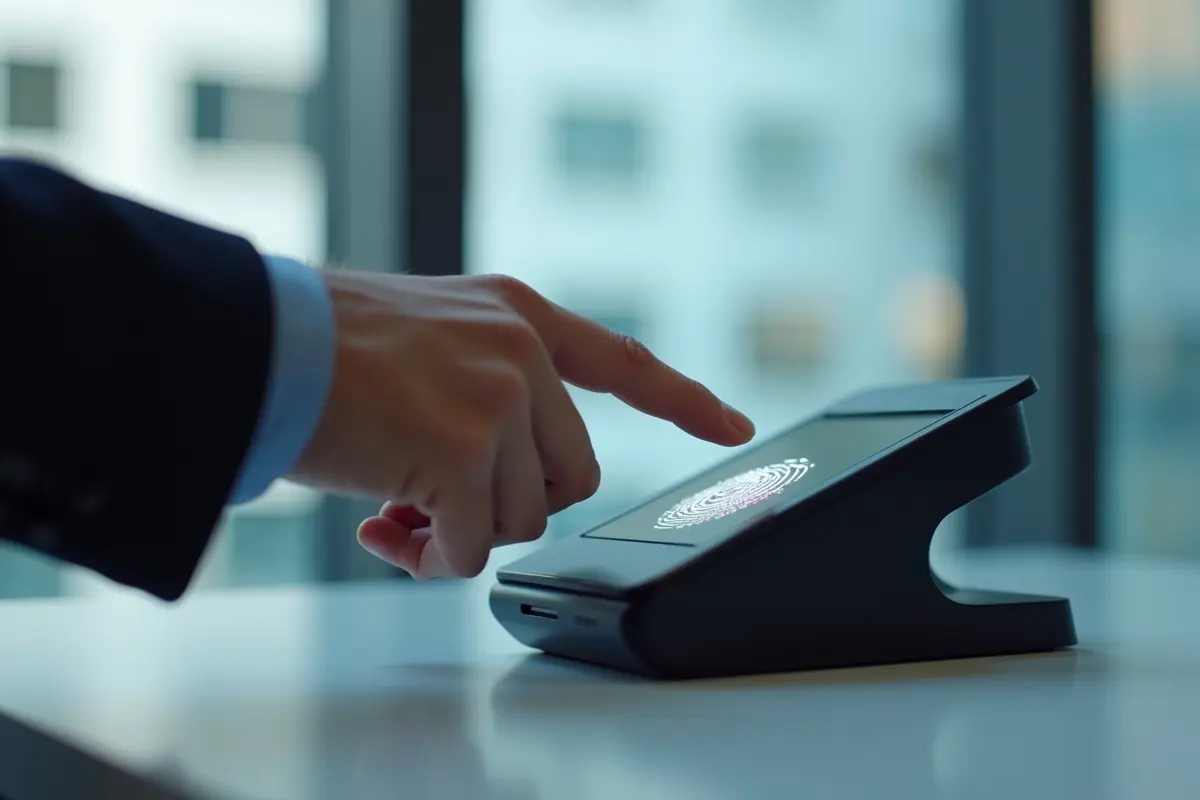Fingerprint background checks are now foundational across multiple industries, serving as a rigorous method to ensure the integrity of hires and adherence to regulations. Whether it’s in education, healthcare, or law enforcement, the stakes are high, and organizations are seeking the most reliable solutions. For those looking for a robust and efficient option, First Advantage’s fingerprint background check service offers one of the industry’s leading platforms to streamline this essential process.
As organizations strengthen risk management practices, understanding how fingerprint background checks work—and keeping abreast of new legal requirements—is essential. This comprehensive guide explores the critical role of fingerprint background checks, details the step-by-step process, highlights recent policy changes, and addresses the complexities and best practices facing employers today.
Importance of Fingerprint Background Checks
Fingerprint background checks are crucial for verifying an individual’s identity and uncovering prior criminal activity. This enhanced vetting process has become indispensable in environments where security, trust, and the safety of vulnerable populations are at the forefront. Industries such as healthcare use fingerprint checks to safeguard patients, while schools leverage them to protect children and build community trust.
Unlike traditional background searches that rely on names and personal details—which can be prone to error or fraud—fingerprint checks are underpinned by biological uniqueness. This makes fingerprinting one of the most effective tools available for reliably confirming someone’s background and preventing unauthorized access to sensitive areas or information. The reliance on biometric data showcases a significant advancement in screening methodology, resulting in more accurate and secure outcomes.
The widespread adoption of fingerprint background checks also aligns with a broader societal demand for greater accountability and transparency in employment practices. As expectations for thoroughness rise and incidents of identity misrepresentation increase, fingerprinting continues to set the standard for rigorous vetting—offering peace of mind to employers and the public alike.
How Fingerprint Background Checks Work
The fingerprint background check process begins with the digital or ink-based capture of an individual’s fingerprints. These prints are standardized and taken at authorized centers, ensuring quality and accuracy. The data is then transmitted securely to government-maintained databases such as the FBI’s Integrated Automated Fingerprint Identification System (IAFIS). Once submitted, the prints are matched against millions of records to flag any instances of criminal activity, outstanding warrants, or disqualifying offenses.
This biometric matching dramatically reduces the chances of a false positive or mistaken identity, distinguishing fingerprint checks from less robust screening methods. The turnaround for these results can vary, but digital transmission has improved processing times significantly, making fingerprinting more practical for today’s fast-paced employment cycles.
Recent Legislative Changes
Legislative changes continue to shape the landscape of fingerprint background checks, as laws are adjusted in response to new information and societal needs.
- Missouri: Authorities in Missouri are undertaking a significant effort to complete fingerprint background checks for roughly 16,000 cannabis industry employees who were missed during previous screenings. This push is designed to correct oversight, improve compliance, and bolster the state’s reputation as a responsible industry operator.
- North Carolina: In response to concerning incidents within schools, North Carolina school districts have made fingerprint background checks mandatory for all new hires. This initiative is intended to ensure students’ safety by flagging red flags that may have gone undetected with less rigorous vetting.
States regularly review and update regulations based on evolving security threats and community expectations, making it essential for employers nationwide to monitor legislative trends and adjust practices accordingly. An up-to-date understanding of legal requirements can help organizations avoid compliance pitfalls and foster a safer environment.
Challenges in Fingerprint Background Checks
While fingerprint background checks offer considerable advantages, they are not without challenges. One significant limitation stems from incomplete or outdated databases. The check may not reveal the whole picture if an individual’s past offenses are not correctly uploaded. Despite ongoing improvements, the completeness and accuracy of these databases are still works in progress, occasionally leading to unintentional gaps in background information.
- Incomplete Databases: Data entry lapses or delays can result in partial records, reducing the effectiveness of background checks for both public safety and employer assurance.
- Privacy Concerns: Collecting, storing, and sharing biometric data raises important issues surrounding privacy. Proper protocols must be in place to ensure data is used appropriately and remains secure from breaches or misuse.
Responsible employers must recognize these challenges and factor them into their employment screening strategies. The Consumer Data Industry Association’s discussion of strategies and regulatory changes offers insights.
Best Practices for Employers
Employers can maximize the reliability and compliance of fingerprint background checks by embracing proven best practices, including:
- Staying Informed: Always remain current on both state and federal legal requirements, as changes can be frequent and significant.
- Ensuring Accuracy: Partner with reputable screening providers, verify that fingerprint collection procedures are standardized, and confirm details are meticulously captured.
- Protecting Privacy: Implement strong data protection policies and staff training to comply with laws such as the Fair Credit Reporting Act (FCRA) and the General Data Protection Regulation (GDPR), where applicable.
Regular audits of screening processes, transparent communications with candidates, and immediate correction of errors all help reinforce trust. The balance between thorough background screening and ethical handling of personal data is essential for modern organizations.
Conclusion
Fingerprint background checks are among the most reliable and effective tools for ensuring security, compliance, and peace of mind across various sectors. By comprehending their importance, staying alert to evolving laws, recognizing risks, and diligently applying best practices, organizations can leverage fingerprinting as a cornerstone of a safer, more trustworthy workforce. Staying proactive ensures both compliance and a competitive edge in today’s ever-changing risk landscape.




